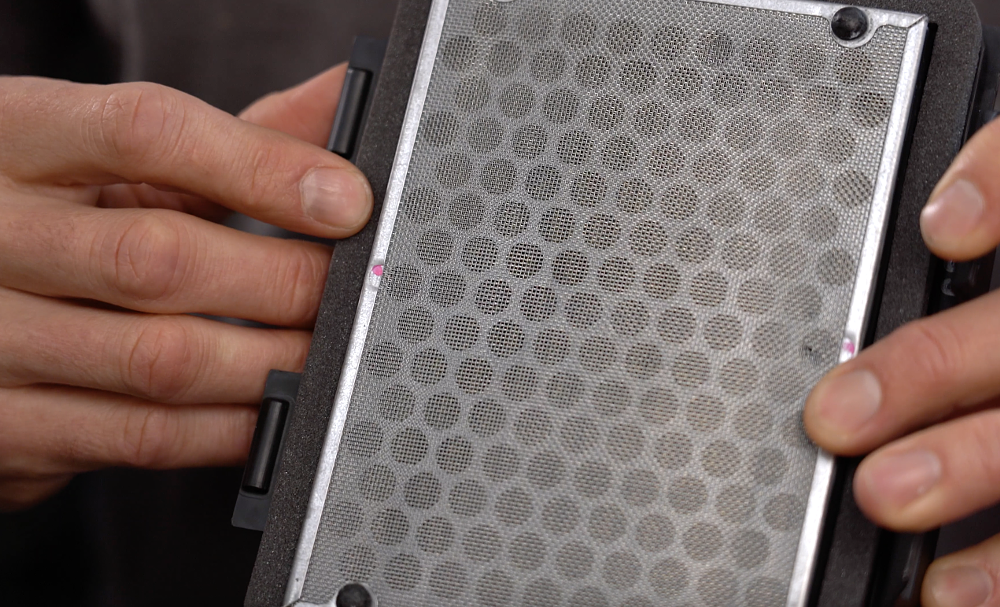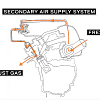Exhaust pops during decel and big-bang backfires. The former is normal and harmless (and either sounds awesome or annoying, depending on your personal preferences), while the latter probably means there’s something wrong with your motorcycle.
First things first — why would the muffler emit anything other than regular exhaust noise? Because, even in the best-running engine there’s going to be some amount of unburned gas leftover after combustion, and when that residual fuel mixes with oxygen in the exhaust, it can ignite. If the bike isn’t running great, well, that can also cause combustion in the exhaust, but we’ll get to that.
If you’re not familiar with decel pop and backfire, let’s define our terms. They both happen when you roll off the gas, but decel pop is a quieter and prolonged stream of burbles, snaps, and bursts, while backfires sound more like one or two gunshots or firecrackers. They’re loud!
To clarify, decel pop, backfires, exhaust flames and the like are actually examples of an afterfire, since they happen after the combustion chamber. A backfire is technically when mixture ignites back out through the intake. True backfires are very rare, and that’s a good thing, since they can blow the throttle body off the engine and light your air filter on fire.

So true backfires are bad, and afterfires, which we commonly call backfires, are usually bad as well, since they only occur when some aspect of your bike’s tuning is out of whack. It might be a faulty injector, clogged carburetor jet, exhaust leak, or some other issue that’s causing the air/fuel ratio to be excessively rich or lean, or it could be messed up ignition or cam timing. Basically, if your bike has started backfiring, it’s crying for help, and you should figure out what’s going on before something gets damaged.
Decel pop, on the other hand, is normal. All modern (street) bikes promote combustion in the exhaust so that unburned hydrocarbons don’t sully the catalytic converter or end up in the atmosphere. They have emissions equipment that feeds fresh air into the exhaust port to ignite residual gas, but most OEM pipes are so effective at stifling sound that you don’t hear the resultant pops and snaps.

However, as soon as you slap on an aftermarket open exhaust, be it a slip-on or a full system, the decel pop is going to be more noticeable because there’s a lot less muffling the pops and bangs that were already there. On top of that, larger muffler openings introduce more air into the exhaust due to reversion, and bigger pipes yield lower exhaust-gas velocity, so there’s more time for combustion to happen before everything gets pushed out of the tailpipe.

If those decel pops are approaching the violence of a backfire, though, check for leaking exhaust gaskets or pipe joints, and consider having your EFI or carb settings checked to make sure your air-fuel-ratio isn’t screwed up.
OK, so if decel pop is normal but big backfires are bad, then what’s up with all the flame-shooting bikes we see in professional racing? Well, in racing, tailpipe emissions and miles per gallon take a back seat to horsepower and driveability, and it’s common to maintain some fuel flow when the throttle is closed because it helps smooth out initial throttle pickup. So there’s an abundance of raw gas and an exhaust that’s about as wide open as a hallway, and that’s a perfect recipe for throwing flames.

To recap, decel pops are common and nothing to worry about, but unless you’re riding a bike that’s been modified and professionally tuned, backfires are a sign that all is not well with your bike’s setup.













